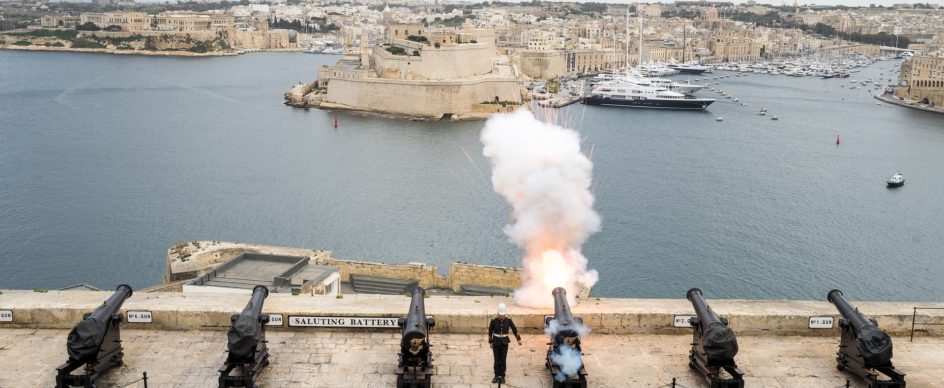
Visiting Malta’s Capital in Winter
- Jan 29, 2021
3000 hours of sunlight per year!
Let’s face it – Malta may not be the first place that pops into your head when thinking of a typical winter destination. However, if you’re ready to swap the snow for sunshine, and skiing for diving, you’re in for a treat. Malta enjoys 3000 hours of sunlight per year, and an average annual temperature of 23°C. Moreover, the islands’ top hotels are less pricey during this time of year. Additionally, there are fewer tourists and tonnes of locations to explore.
Therefore, if you’re looking for a spot of sunshine and Mediterranean charm this winter, Malta, and its capital city, Valletta, should definitely be at the top of your list.
Valletta Food Market
The Valletta Food Market – or Is-Suq Tal-Belt in Maltese – is a state-of-the-art food market that blends traditional notions of the “typical” Mediterranean food market with a global outlook when it comes to the cuisines on offer. Experience a world of aromas, ingredients, wines, oils and fresh delicacies, and a splendid food court that takes you on a culinary journey around the globe.
Embassy Cinemas
While many cinemas worldwide have shut down due to COVID-19, the legendary Embassy Cinemas have officially re-opened (under strict COVID-19 guidelines). Catch the latest Hollywood offering in a safe and plush environment, and treat yourself to two hours of pure fantasy and escapism.
Shopping
Malta offers numerous opportunities when it comes to shopping. In addition to local brands, the Island houses some of the world’s top fashion retailers. While retail outlets can be found in almost every Maltese town, Republic Street in Valletta, Tower Road, The Strand & Bisazza Street in Sliema, Paola’s town centre and Baystreet in St Julians are the go-to shopping districts for locals and tourists alike.
Museums and Art Galleries
With a rich history spanning 7000 years, Malta is a museum and art gallery enthusiast’s paradise. The islanders take pride in the sheer number of open-air and indoor museums covering every era of history and historical niche!
We highly recommend visiting Valletta’s Spazju Kreattiv, Casa Rocca Piccola, Malta Postal Museum, Fort St Elmo and National Museum of Archeology, Birgu’s Inquisitor’s Palace, Gozo’s Cittadella Visitor’s Centre and Mdina’s Carmelite Priory and Museum of Natural History.
Valletta’s Main Attractions
The Island’s capital – Valletta – is brimming with spectacular tourist attractions. The Upper Barrakka Gardens offer unforgettable panoramic views of the Grand Harbour and the Saluting Battery, and the opportunity to witness the firing of a cannon every single day at 12:00 and 16:00.
Without a shadow of a doubt, St John’s Co-Cathedral is the city’s top attraction. This Roman Catholic co-cathedral dates back to the 16th century. The discreet exterior contrasts with the highly-adorned, Baroque interior that’s home to artistic masterpieces such as Caravaggio’s The Beheading of Saint John the Baptist and St Jerome Writing.
Take a ferry ride to the Three Cities or Sliema
Take a 15-minute ferry ride to the neighbouring cities of Sliema and Cospicua. Once a famous summer resort town, Sliema has re-invented itself as Malta’s Manhattan. With a bustling shopping district, an international flavour and a towering, modern cityscape, Sliema is definitely worth a visit if you’re an urbanite at heart.
Cospicua, alongside Vittoriosa and Senglea, are collectively referred to as the “Three Cities”. The Three Cities are the cradle of Malta’s history. With fortresses, palazzos, winding cobbled streets and uncountable churches and chapels, the Three Cities are indeed living artefacts of 16th Century Malta.
Restaurants
It’s safe to say that Valletta is one of the Mediterranean’s top culinary destinations. With myriads of diverse eateries, and Valletta’s restaurants and cafes are second to none. Noni, Rubino, Nenu the Artisan Baker, Jubilee, Piadina Cafe, Caffe Cordina, Rampila, Pastaus and Sotto are but some of the best eateries in Valletta.




